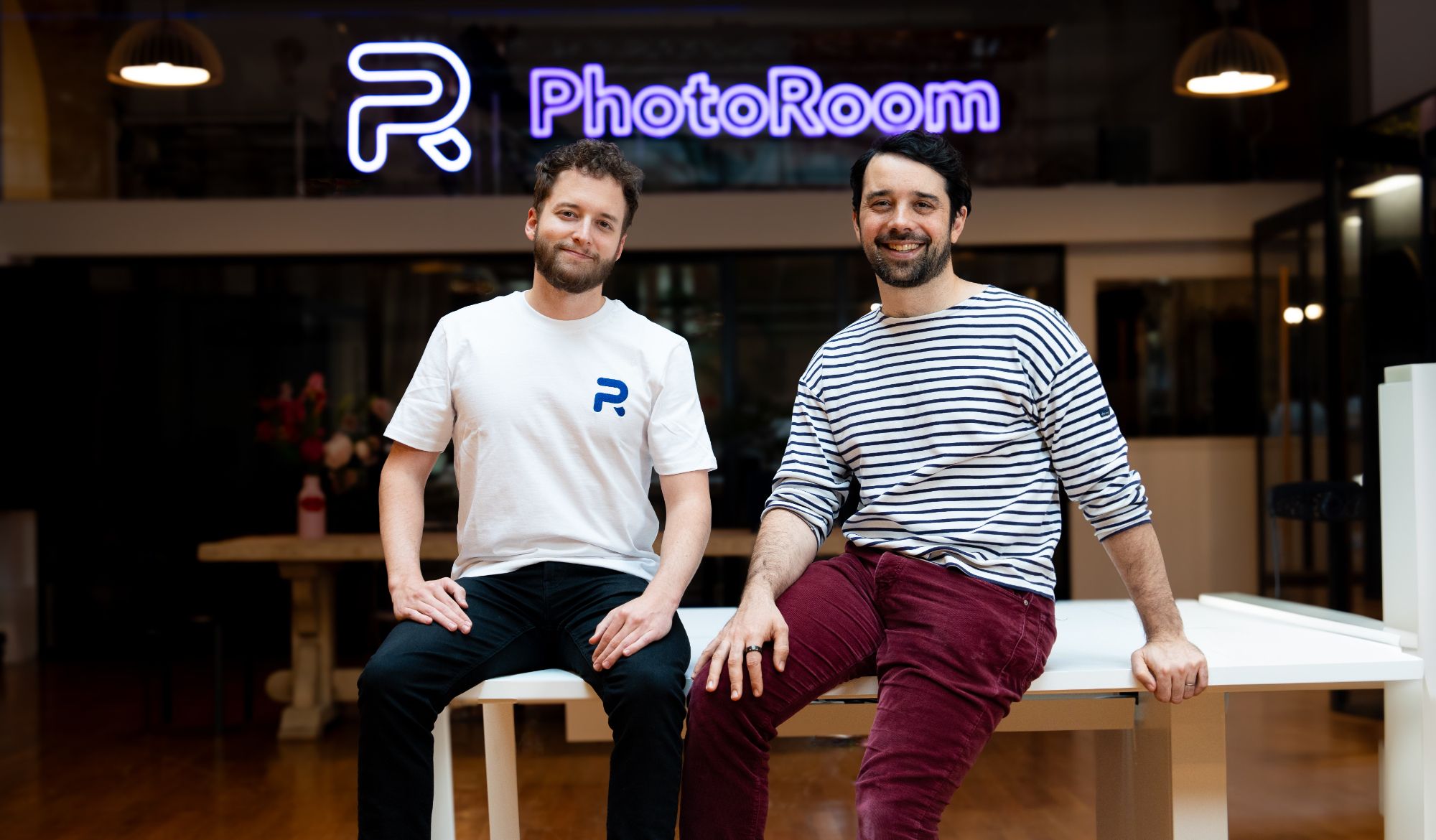From Frustration to a Innovation
Photoroom was born from a simple, relatable challenge. Matthieu Rouif, co-founder of Photoroom, struggled to edit product photos quickly when a designer was unavailable during his time at GoPro. Frustrated by the slow, manual process, he realized there had to be a faster, simpler way. Partnering with machine learning expert Eliot Andres, they built the first version of Photoroom in just two weeks – a mobile app that removes backgrounds and applies quick edits, making professional-looking photos possible in minutes instead of hours.
As Lyline Lim, Head of Strategic Initiatives at Photoroom, explains, the goal was always to simplify creativity:
“We wanted to give small businesses a tool that makes product photography fast, easy, and consistent, without needing a full studio or design team.”

The Challenge for Small Businesses
For small business owners, creating high-quality product visuals is a constant struggle. Traditional photography is expensive and slow, and maintaining a consistent style across multiple products and channels can feel impossible. Solo teams often juggle limited budgets, tight deadlines, and little to no design experience, making every new product launch a logistical headache.
How Photoroom Works
Photoroom is a creative AI photo editing solution designed for speed, quality, and consistency. Users can remove backgrounds, place products in clean or lifestyle scenes, and refine images with AI tools such as shadows and touch-up features—all from their phone, desktop, or via API. For clothing and fashion products, Photoroom also offers the option to create AI models or use AI mannequins, enabling items to be showcased on invisible “ghost” mannequins for a professional look without needing physical models.
Interestingly, Photoroom’s users often form attachments to subtle features. In 2024, when new AI background models were introduced, some customers resisted switching because the original models had become part of their brand identity. Photoroom responded by offering both options, highlighting how small tools can have a big branding impact.
Real-World Impact: Sarah Hoorfar, Cowgirl Clutch
A standout example is Sarah Hoorfar, who launched Cowgirl Clutch at just 15. Without marketing experience or a budget for professional photographers, she struggled to create photos that matched her bold vision. Using Photoroom, Sarah transformed her workflow: snapping a photo with her phone, removing backgrounds instantly, placing products into professional scenes, and batch editing multiple items in minutes.
The results were striking: reduced costs, faster turnaround, and over 200% growth in sales and engagement. Sarah could also teach others how to elevate their product photography, democratizing access to high-quality visuals for small teams.
Scaling Beyond Small Businesses
While initially designed for small businesses, Photoroom now powers global brands like Amazon, Mercari, Depop, DoorDash, and Decathlon. These companies use the Photoroom API to streamline image workflows at scale, achieving up to 100 times lower editing costs, 25 times faster time-to-market, and measurable increases in conversion rates.
Lyline Lim emphasizes:
“Focus on consistency and clarity. AI should make your products look polished without distorting reality. Pick tools that are responsible, inclusive, and environmentally mindful.”
Whether you’re a solo entrepreneur or a multinational marketplace, Photoroom enables teams to produce reliable, beautiful product images quickly, freeing time for creativity and growth.
 Aimie
Aimie